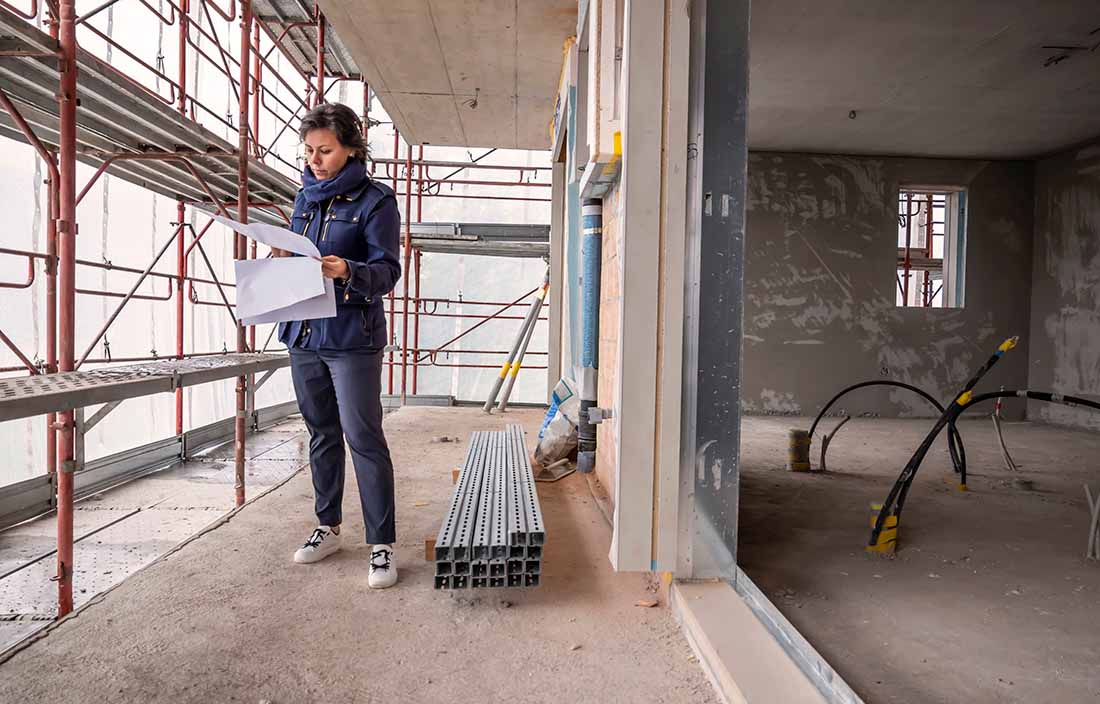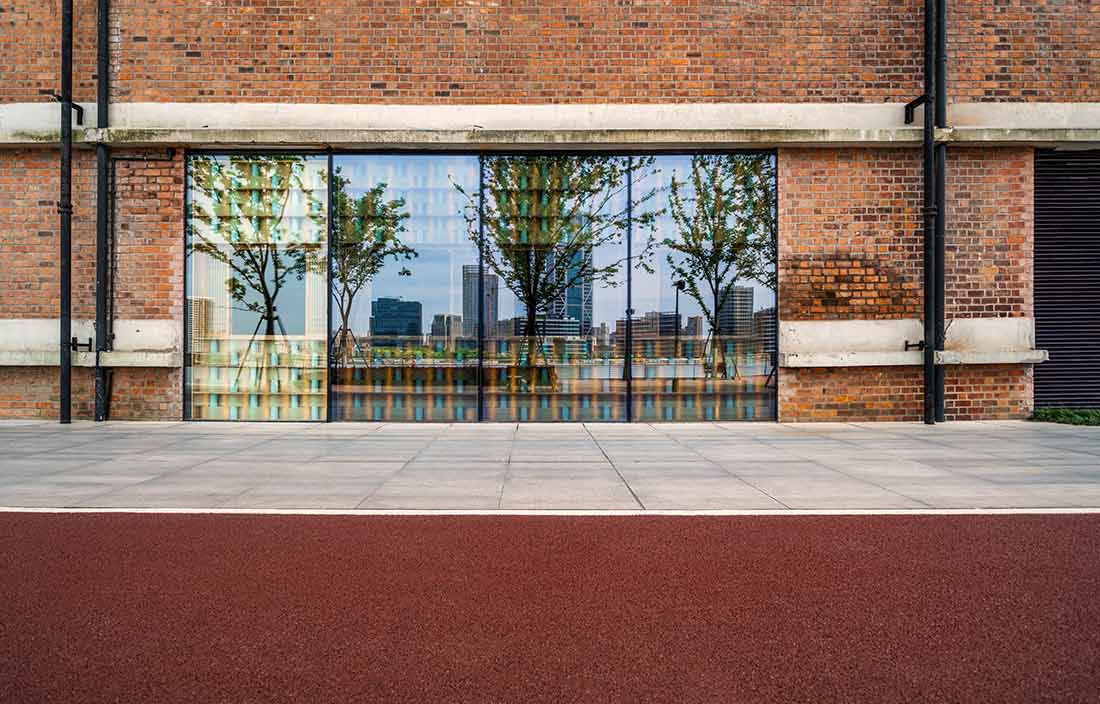The impact of COVID-19 on opportunity zones
The ongoing pandemic has resulted in additional relief for qualified opportunity funds, opportunity zone businesses, and investors. Here’s what you need to know.
 The COVID-19 pandemic has impacted all facets of the economy, and opportunity zones (OZs) are no exception. The uncertainty weighs on qualified opportunity funds (QOFs), qualified opportunity zone businesses (QOZBs), and investors alike. Fortunately, the Internal Revenue Service (IRS) has answered requests from opportunity zone stakeholders by issuing guidance providing relief. To help you understand the relief provisions and mitigate the impact of COVID-19, we offer the following considerations.
The COVID-19 pandemic has impacted all facets of the economy, and opportunity zones (OZs) are no exception. The uncertainty weighs on qualified opportunity funds (QOFs), qualified opportunity zone businesses (QOZBs), and investors alike. Fortunately, the Internal Revenue Service (IRS) has answered requests from opportunity zone stakeholders by issuing guidance providing relief. To help you understand the relief provisions and mitigate the impact of COVID-19, we offer the following considerations.
Investment timelines
The turbulent economic environment may make it difficult for investors to find good OZ investments within the required 180-day investment window. To aid investors in making a timely investment in a QOF, the IRS has released a series of notices. Notice 2021-10, issued in January 2021, extended the investment window to Mar. 31, 2021, for any 180-day deadline that otherwise would have ended between April 1, 2020 and March 31, 2021. This expands the December 31 extension which was previously provided in Notice 2020-39. This relief is automatic.
Extension of 30-month substantial improvement requirement
Property that doesn’t otherwise satisfy the original use test is treated as qualified opportunity zone business property (QOZBP) if it’s substantially improved within a 30-month period after acquisition. Notice 2021-10 allows a QOF or QOZB to disregard the period between April 1, 2020 and Mar. 31, 2021 when calculating the 30-month period.
QOZB relief: 31-month working capital safe harbor
A QOZB can generally hold working capital if they follow a written plan to expend the funds within 31 months. Significant delays as a result of shelter-in-place requirements could put a QOZB in jeopardy of falling outside of the 31-month working capital safe harbor. The final OZ regulations provide an automatic extension of the 31-month period of not more than 24 months if the QOZB is in a federally declared disaster area. Notice 2021-10 clarifies that such relief is available to any QOZB that holds working capital assets intended to be covered by the safe harbor before June 30, 2021, since all opportunity zones are in federally declared disaster areas effective Jan. 20, 2020. However, it’s still unclear when an extension of less than 24 months will apply.
The regulations also allow a QOZB to pause its 31-month window if the project is delayed awaiting government approval. As government entities limit services, be sure to properly document project delays caused by timing of government approvals.
QOF relief: 12-month reinvestment period
A QOF has 12 months to reinvest proceeds from the sale of property or a return of capital without impacting the 90% investment standard. The regulations allow not more than an additional 12 months if the reinvestment is delayed due to a federally declared disaster, provided the QOF invests the proceeds in the manner originally intended before the disaster. Notice 2020-39 allows this extension where the original reinvestment period included Jan. 20, 2020 and Notice 2021-10 allows the extension when the reinvestment period includes June 30, 2020. Note that the 12-month extension is cumulative, and so the maximum reinvestment period will not be more than 24 months. It is still unclear when an extension of less than 12 months will apply.
Reasonable cause exception: QOF penalty relief
Notice 2021-10 also automatically applies the statutory “reasonable cause exception” to prevent the imposition of QOF penalties for failing to meet the 90% investment standard for any taxable year during which the last day of the QOF’s first 6-month period or the last day of its taxable year falls within the period between and including April 1, 2020 and Jun. 30, 2021. As a result, any calendar year QOF that self-certified prior to 2021 will be entitled to this relief for both 2020 and 2021. This relief will benefit any QOF that would have failed the 90% investment standard due to consequences of the pandemic, including:
- QOFs unable to complete due diligence due to shelter in place restrictions.
- QOFs invested in QOZBs that fail the 70% tangible property standard because of construction delays.
- QOFs invested in QOZBs that fail the 50% gross income test or 40% intangible property test because shelter-in-place restrictions significantly reduce work inside OZs and/or cause employees to work remotely outside of OZs.
The automatic nature of this relief is very important considering that QOFs would otherwise have been required to provide evidence of reasonable cause to the IRS to avoid penalties and that currently there’s no protocol to get penalty relief under the reasonable cause exception.
QOF relief: 90% investment standard
Notice 2021-10 also provides that any failure by a QOF to satisfy the 90% investment standard for any taxable year that includes a testing date that falls within the period beginning April 1, 2020 and ending Jun. 30, 2021, is disregarded for purposes of determining whether the QOF or any otherwise qualifying investments in the QOF satisfy the opportunity zone statutory and regulatory requirements for any taxable year of the QOF. However, it’s unclear if the Notice provides relief from the requirement that a partnership or corporation must qualify as a QOZB during substantially all (90%) of the QOF’s holding period. If not, don’t forget that extended noncompliance by a QOZB without a timely cure can cause a QOF to fail the QOZB 90% holding period test. Consequently, QOFs should attempt to ensure QOZB noncompliance is cured as soon as possible, rather than relying upon an interpretation that Notice 2021-10 provides relief from the QOZB holding period requirement.
Qualified Improvement Property (QIP) correction
The CARES Act corrected the depreciable life of QIP from 39 years to 15 years, thereby making it bonus-eligible. QIP acquired and placed in service between Sept. 27, 2017 and Dec. 31, 2022, is eligible for 100% bonus depreciation. Thereafter, bonus depreciation is phased out through 2026. If the QOZB becomes an electing real property trade or business to prevent limitation of its interest deductions, it will not be allowed to claim bonus depreciation on QIP. However, reducing the depreciable life of QIP (to 20 years for taxpayers making the real property election) will still provide significant tax benefits for QOF investors.
This change can significantly increase the after-tax rate of return for QOF investments, since depreciation isn’t recaptured upon a sale that satisfies the 10-year holding period. To the extent deductions can be accelerated without being subject to recapture, this correction can create a permanent tax benefit for investors in commercial and mixed-use buildings in OZs considering that many interior improvements to nonresidential buildings fall under the definition of QIP.
The impact of the pandemic on OZs will be significant, but remember that knowledge is power. Negative effects can be mitigated through proactive planning with your tax advisor. Questions? Give us a call. We can help.




